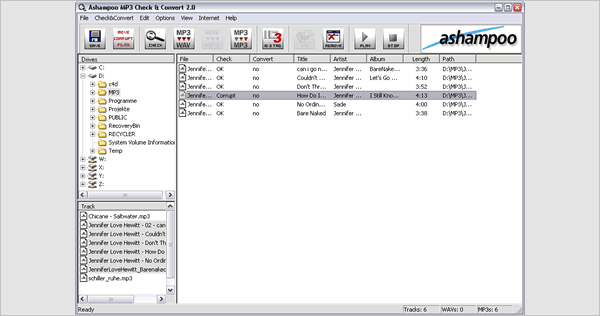We will not post anything to your accounts without your consent. Fill in your real e-mail. Download and Convert Check run it - ti to MP3 and MP4 for free. Many videos of Check run it - ti. Left-clicking pops up the download box for the Audacity installer or in Microsoft Edge starts the. This takes you to the Download page of the Audacity website where you can check what the latest release version of. Choosing File > Export > Export as MP3. ZIP file option. If you cannot run the LAME installer due to restrictions on.
In order to prevent malware [malicious software]
(Click on the term for full definition.)
Unfortunately, there are occasional ways around system file protection. Sometimes it’s as simple as a Hard Disk Drive [HDD]
Disks do not lose what’s on them when you turn off the power.
See also: Solid State Disks (SSD)
(Click on the term for full definition.)
Here you can download your favorite songs and music in mp3 quality free, as well as listen to them online, free and without registration.
As a result, automated checking is nice, but sometimes you need to take matters into your own hands.
Enter the SFC, the System File Checker.
System file protection
The basic premise behind system file protection is that Windows keeps additional information about all the files that are part of Windows. That additional information could be (but certainly isn’t limited to) the date/time stamp of the file, its size, and its cryptographic hash
(Click on the term for full definition.)
Every so often, Windows checks all those files to make sure they still match. That means that the time stamp, size, and hash value match what is expected. If they don’t … well, then something is wrong, and Windows will likely report the error.
Unfortunately, “wrong” can be the result of many different things:
|
So, what happens when a problem is found?
Repairing altered files
If you’ve ever searched for a system file on Windows, it’s not uncommon to find several copies:
- The original file, used by Windows.
- Previous versions of the file saved by Windows Update, so you can uninstall specific updates if needed.
- Cached copies of the file, kept as a performance enhancement that loads the file more quickly when needed.
- Back-up copies of the file.
Chris Brown Run It Mp3 Download
It’s that last one that would be used to restore the file to its original state should something happen.
In addition, many systems now include a copy of Windows on a restore or recovery partition
(Click on the term for full definition.)
When all else fails, the original Windows installation media might be used, if you have it.
In all cases, the repair process also checks that the copy it’s restoring is correct. If it fails to have the expected information, it will be skipped. Because many of those sources are on your hard disk, malware authors attempt to replace or damage them all to prevent the repair process from working.
SFC – the System File Checker

Check Run It Lyrics
SFC is nothing more than a command-line tool that checks that all of the files covered by Windows system file protection are as they should be, and to try to repair those that are not. It’s a good utility to run when you suspect system files have been somehow corrupted, or even if you just think there’s “something wrong” with your system.
SFC requires administrative privileges. Right click on the start button, and click on Command Prompt (Admin).
(In earlier versions of Windows, locate the Command Prompt menu item in Start, All Programs, Accessories; then right-click Command Prompt and click Run as administrator.)
After confirming any UAC [User Account Control]
User Account Control is a feature added to Windows Vista (and made less annoying in Windows 7) that prompts the user for confirmation or the administrator password when something potentially system-altering or malicious is about to take place.
(Click on the term for full definition.)
This causes SFC to scan your system immediately. SFC can take several minutes to run. If you have installation media, such as a DVD, you might have it available, just in case SFC wants to replace a damaged file.
While it’s not documented anywhere, I’d reboot
A reboot differs from actually powering down the machine and turning it back on only in that the power is never turned off. The software simply acts as if the computer was shutting down completely, and then immediately acts as if it had just been powered on.
Reboots are common debugging and system-stabilization techniques, as they force the entire system back to a known initial state. (A power-off shutdown also includes resetting the hardware to a known initial state as well.) More information: Why do so many tech support solutions start with “reboot” or “turn it off”?
(Click on the term for full definition.)
Run Mp3 Download
Microsoft has more detailed SFC documentation, including more options to check at boot time, control the size of the system file protection cache, and so on. There is also Windows Resource Protection documentation, which covers the mechanism Windows uses to keep your system files (and a few other things) safe automatically.
Podcast audio
Download (right-click, Save-As) (Duration: 5:58 — 5.5MB)
Subscribe: Apple Podcasts | Android | RSS